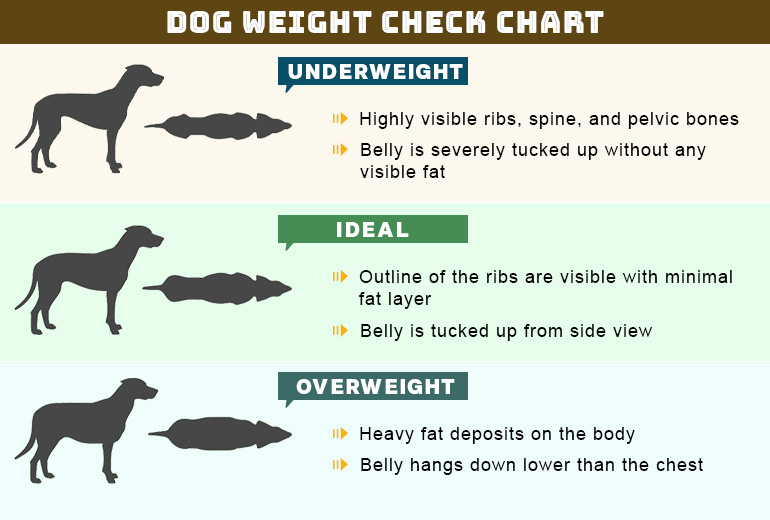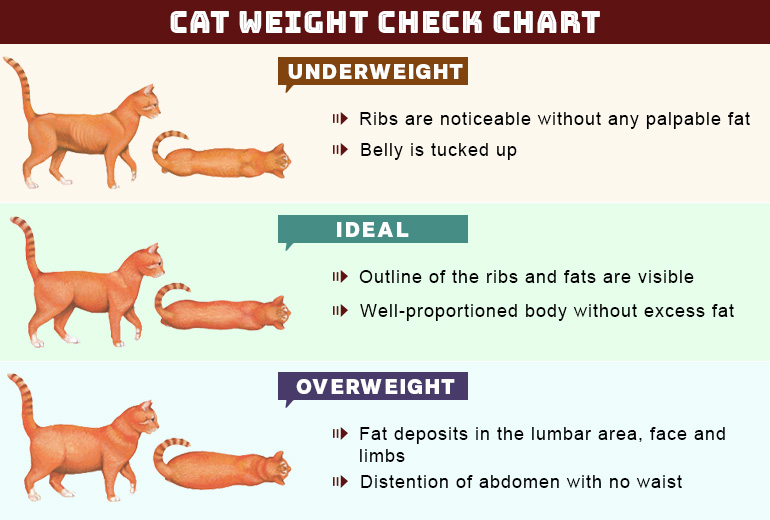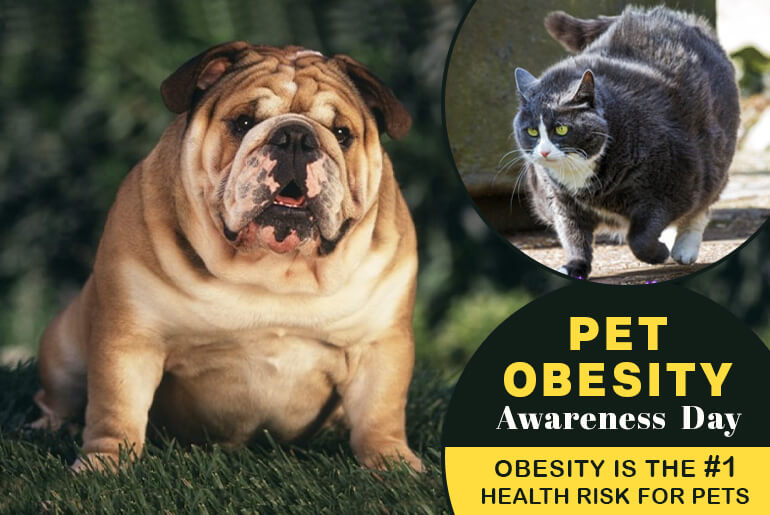Obesity in pets is an alarming sign for pet parents. If you’re not keeping an eye on your pet’s food intake or are ignoring those extra layers of belly fat, Pet Obesity Awareness Day (October 12, 2022) is the right time to start focusing on your pet’s weight.
According to Dr. Ernie Ward, the founder and president of the Association for Pet Obesity Prevention (APOP), unverified claims and clever advertising by paid influencers on social media are rapidly spreading misinformation about pet food.
Pet parents fall for these marketing tactics of pet food brands and feed unhealthy pet food and treats to their cats and dogs. In this blog, you’ll learn why maintaining your pet’s weight should be your number one priority, and how you can do so.
Survey-Based Statistics of Pet Obesity
The Association for Pet Obesity Prevention (APOP) has carried out various surveys to study the body condition and health status of US dogs and cats.
While reports indicate almost 60% of the cat and dog population is clinically overweight, here are the facts of 2021 survey of APOP you must know:
- Only 39% of dog parents and 45% of cat parents consider that their pet is overweight.
- The majority of pet parents and vets, including 72% of pet owners and 87% of vets, believe “pet obesity is a disease”.
- 5% of pet parents favor the internet for “best diet recommendations” for their pets.
- During the pandemic, 23% of pet parents said they gave more treats to their pets.
Why is Pet Obesity a Problem?
In the past, fat was considered inactive tissue that simply stores excess energy and takes up extra space. However, scientific research has now revealed that fat tissue secretes hormones that cause inflammation in the body, which may lead to many diseases. Obesity is well-known for causing:
- Chronic inflammation
- Reduced life expectancy
- Weakened immune system
- Cardiac diseases
- Joint problems
- Diabetes
- Respiratory disorders
- Cancer
- Metabolic disorders
- Kidney dysfunction
- Poor life quality
[Also Read] 7 Cancer-Fighting Foods for Dogs to Help Prevent Cancer
How to Figure Out Obesity in Pets?
So, how to find out if your pet is at ideal body weight or not? Generally, extra layers of fluff mean that your furry pal is overweight. You can use the below chart to recognize pet obesity.
Obesity in Dogs
If your dog passes these tests, talk to your veterinarian, who can perform a health examination on them and, if required, suggest a weight-loss program to help them get back into shape.

Obesity in Cats
Everyone likes to spoil their kitties with treats and love, but have you ever noticed any changes in your cat’s waistline? Or, if her collar is getting tighter than usual? Read the below chart to check if your ball of fur needs to be put on a weight-loss regimen.

[Also Read] 6 Hidden Dangers Of Obesity In Cats
How to Help Your Pet Lose Weight?
If your lovely cat or dog is found to have put on weight lately, here are several strategies that you can employ to tackle their obesity problem:
- Portion control: Always measure your pet’s food
- Calorie-deficit diet: Prefer feeding a low-carb, low-fat diet
- Fibers: Adding more fibers to the diet keeps them fuller for longer
- No unhealthy treats: Give only healthy and natural treats
- Regular exercise: More walks and exercise help burn extra fat
- Dry food/Wet food: Wet pet food has higher water content, which promotes feeling full
If after trying all the above ways, your pet is still not losing weight, go for the next thing. Visit or call your veterinarian for the best suggestions. Your veterinarian may recommend a prescription diet that helps promote weight loss in pets.
[Also Read] 10 Tips for A Successful Online Vet Consultation
Ask the following to Your Veterinarian
So, if you call your vet, make sure you ask the following, as it will help you to assist them in losing the extra weight.
- How can I help my dog or cat lose weight?
- How much should I feed them?
- Which exercises can help my overweight pet?
- Is there any specific diet my pet should follow?
- Is my pet at any health risk due to excess pounds?
- What is the safe rate of weight loss for my pet?
Take it slow…
When it comes to obesity in pets, your vet will recommend you take things slowly. Don’t stress over those flabs as pet weight loss is a slow and steady process. Your pet won’t get back in shape overnight, so it is always better to make consistent efforts. Moreover, a drastic change in weight in a short time may be very dangerous for them.
And always remember, even if your pet reaches the ideal weight, don’t think that the journey is over. Your cat or dog will likely need to be kept on a weight-maintenance routine to maintain this ideal weight!





